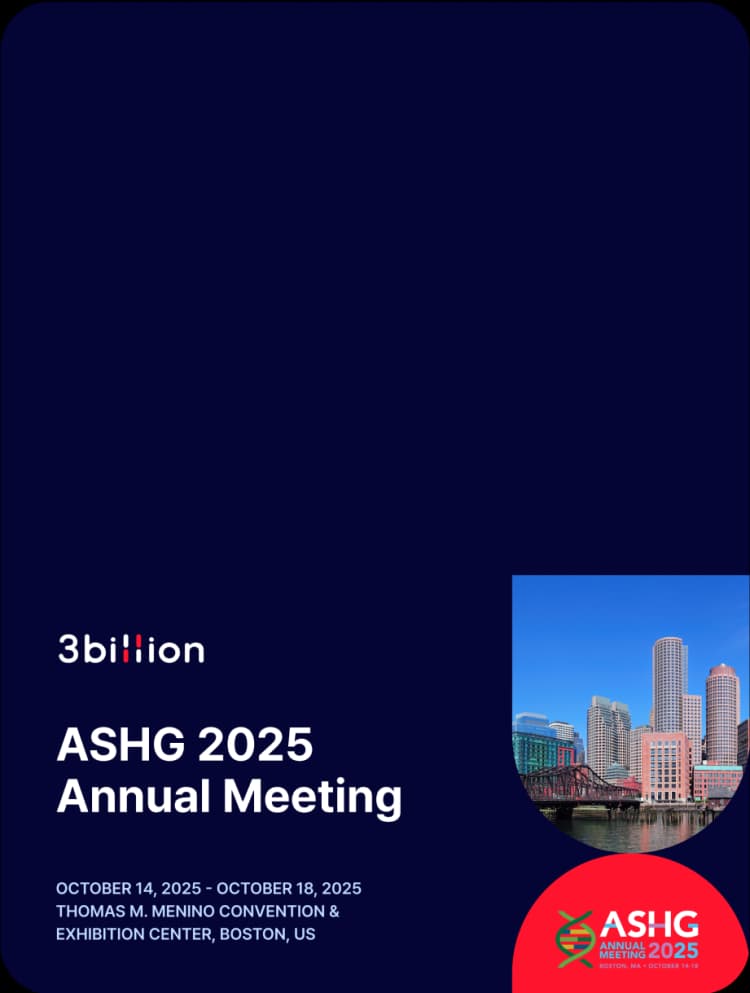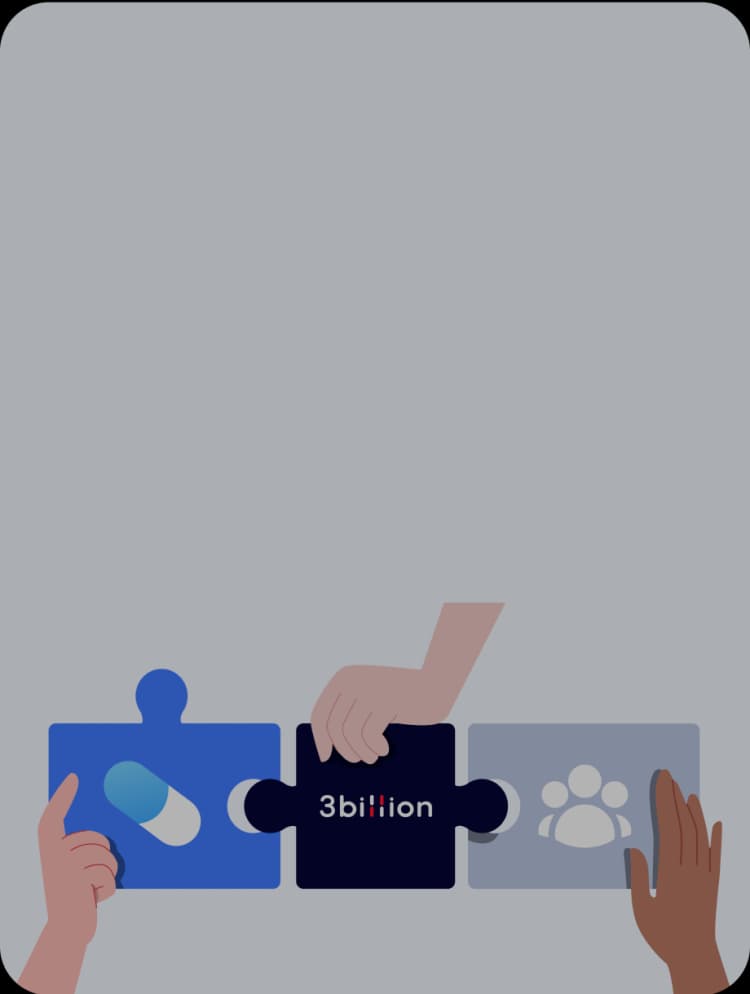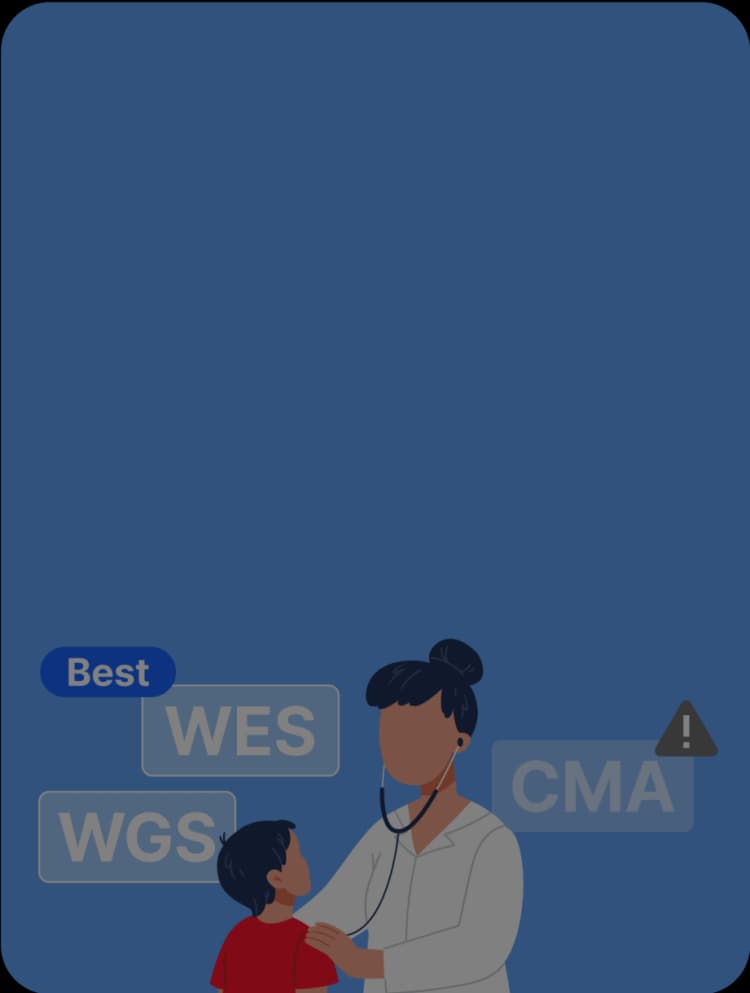How a ‘Patient Passport’ Solves Communication Challenges for Rare Disease Patients
- Insights | 25. 10. 27
“No matter which department or hospital we go to… I have to explain my child’s condition from start to finish every single time.”
“It’s an emergency, but it’s so hard to convey the key points to medical staff who don’t know my disease.”
“It’s an unfamiliar condition, so I’m not confident I can explain it properly.”
Patients with rare diseases and their caregivers experience a ‘communication wander’ that is just as painful as the ‘diagnostic odyssey.’ A recent study conducted in Europe (by the Cambridge Rare Disease Network, CamRARE) and published in the EJHG offers a concrete solution to this urgent problem.
It’s called the ‘Rare Disease Patient Passport.’
9 out of 10 Patients: “We spend too much time explaining.”
The research team surveyed 157 patients and caregivers (53.5% caregivers, 46.5% patients themselves) before distributing the passport. The results clearly show how high the ‘communication wall’ is for rare disease patients.
- 96.2% agreed they “spend considerable time” explaining their medical information and care needs to unfamiliar medical teams.
- 58.6% felt this process was “considerably or very difficult.”
Patients were already struggling to solve this problem on their own. It’s no surprise that when asked, “Would an official document with key information be helpful?” 99.4% said “Yes.”
What’s in the ‘Patient Passport’?

The passport used in this study was co-designed by patients and healthcare professionals. It’s not just a simple diagnostic letter; it contains key information to provide a holistic understanding of the patient:
- Basic Information: Personal details, emergency contacts.
- Core Medical Information: Precise diagnosis, medical and emergency records.
- Patient-Centered Information: ‘Care Preferences’ (what treatments the patient prefers and what is important to them).
18 Weeks of Use, and a Remarkable Change
55 patients/caregivers responded to a follow-up survey after an average of 18 weeks (about 4-5 months) of use. Of those, 85.5% used the passport during a real-life healthcare interaction. The results were astonishing:
- 72.2% said the passport made it “easier” to communicate medical information to unfamiliar teams.
- 64.2% felt “more confident” when encountering new medical teams.
- 92.5% of those who used it stated they “intend to continue using the passport in the future.”
The patient passport played a crucial role in changing the patient from a passive ‘subject to be explained’ into an active ‘subject who communicates with information.’
The View from HCPs: “Communication Improves.”
What was the reaction from the 31 HCPs who completed the survey? Among them, 32.3% had direct experience with the patient passport in their clinical practice.
Regardless of their direct experience, the HCPs cited “improved communication between medical staff and patients/caregivers” as the biggest benefit. This shows that the communication barrier felt by patients was also a barrier to efficient care for the medical staff.
Already in 53 Countries…
This patient passport isn’t just a single study. As of November 2023, over 1,600 people in 53 countries had already applied for and started using this passport.
The rare disease patient passport reduces the burden of repetitive explanations for patients, giving them confidence. For medical staff, it provides ‘the most efficient summary’ to accurately grasp a patient’s complex condition in a short amount of time.
We hope that these changes become more formalized, providing a tool that can resolve the ‘communication wander’ for all patients.

What does 3billion do to improve the patient diagnosis journey?
Go to the blog and see it for yourself!
Do you find this post helpful?
Click the button below to copy and share the link.

Sookjin Lee
Expert in integrating cutting-edge genomic healthcare technologies with market needs. With 15+ years of experience, driving impactful changes in global healthcare.






